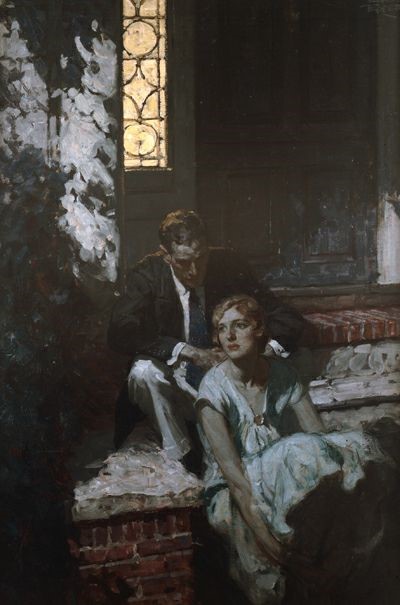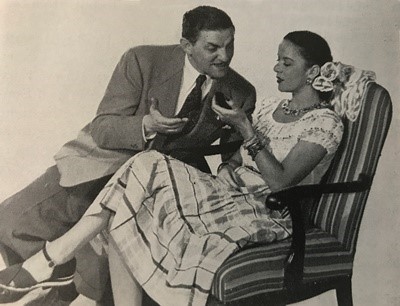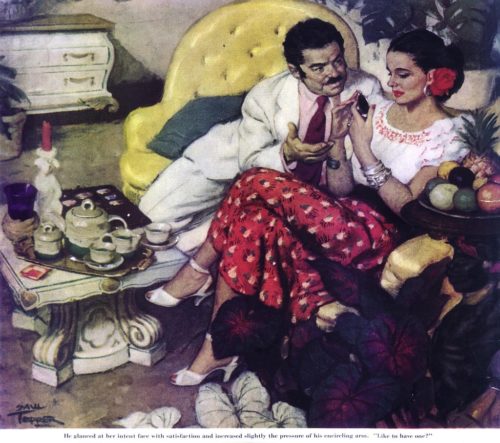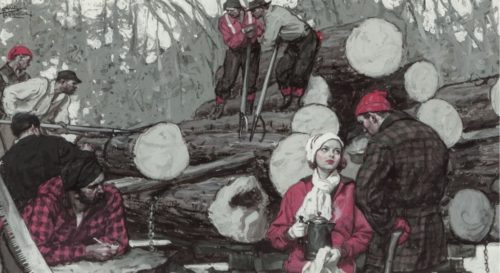The Art of the Post: The Illustration That Saved a Life
Saul Tepper was a leading illustrator for The Saturday Evening Post in the 1920s and 30s. He won a strong following for his dramatic and romantic illustrations.

Tepper worked from a large studio in New York City, which sometimes made it difficult to find suitable models for his historical and international subjects.
Tepper’s search for just the right model took him to unusual places. For an illustration in the February 21, 1948, issue of the Post, he had to find a pretty Cuban woman. Tepper recalled that he could not find such a woman from the New York modeling agencies, “So I was forced to spend several evenings in New York City nightspots searching out a model for myself. I made the rounds of clubs popular with the Latins and one night I saw the right girl.” After locating the right girl, he needed his full diplomatic skills to persuade her to model. As recounted in the book, Illustrating for the Saturday Evening Post, “Not wishing to test Latin jealousy, Tepper waited until the girl departed. Then he approached a young man he had seen talking with her and explained his wishes. With Latin facility, an appointment was arranged.”


One day the Post assigned Tepper to illustrate a story about lumberjacks, but there were very few lumberjack types walking the streets of Manhattan. As his deadline loomed, Tepper was sitting in a small café near Carnegie Hall when he noticed a man who looked exactly like a lumberjack, sitting alone drinking coffee.
Illustration art expert Fred Taraba interviewed Tepper’s apprentice who described what happened next:
Saul approached the man. “I’m an artist and I wonder if you would be interested in modeling for me as a lumberjack for a Post illustration. I’m for real. I’ll pay you. This is all legit—here is my card. If you’re interested be at my studio at 10 AM sharp.” The man took the card without conversation. At 10:00 AM there was a knock on Saul’s door.
Tepper invited the man in and gave him a lumberjack outfit from Tepper’s collection of props. Once the man was dressed properly, Tepper instructed him on how to pose. The man held the position and Tepper started to work. Soon he was satisfied that he had painted an authentic looking lumberjack.
After he was paid, the man asked when the illustration would appear. Tepper told him it would be in two weeks.
Three weeks later the man came to Tepper’s door and was ushered in. He told Saul that as he was drinking coffee in the small café, he had made up his mind it would be his last cup. He’d picked a nearby alley…. He had one swig left. He then would leave the café, go to the alley, put the .38 caliber revolver he carried to his head and end it all.
He had been fired from a job in his hometown upstate—had been drinking—and left his wife and children. But then entered Tepper.
The man said everyone in his hometown that saw the illustration realized it was him. His job was offered back. He was reunited with his family and was a celebrity in town.
Tepper touched many people’s lives.
Post illustrations were hugely influential, but that is the only time I’m aware of where the illustration actually saved a human life.
